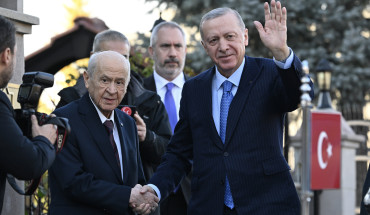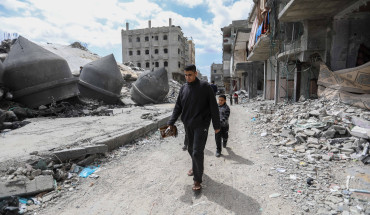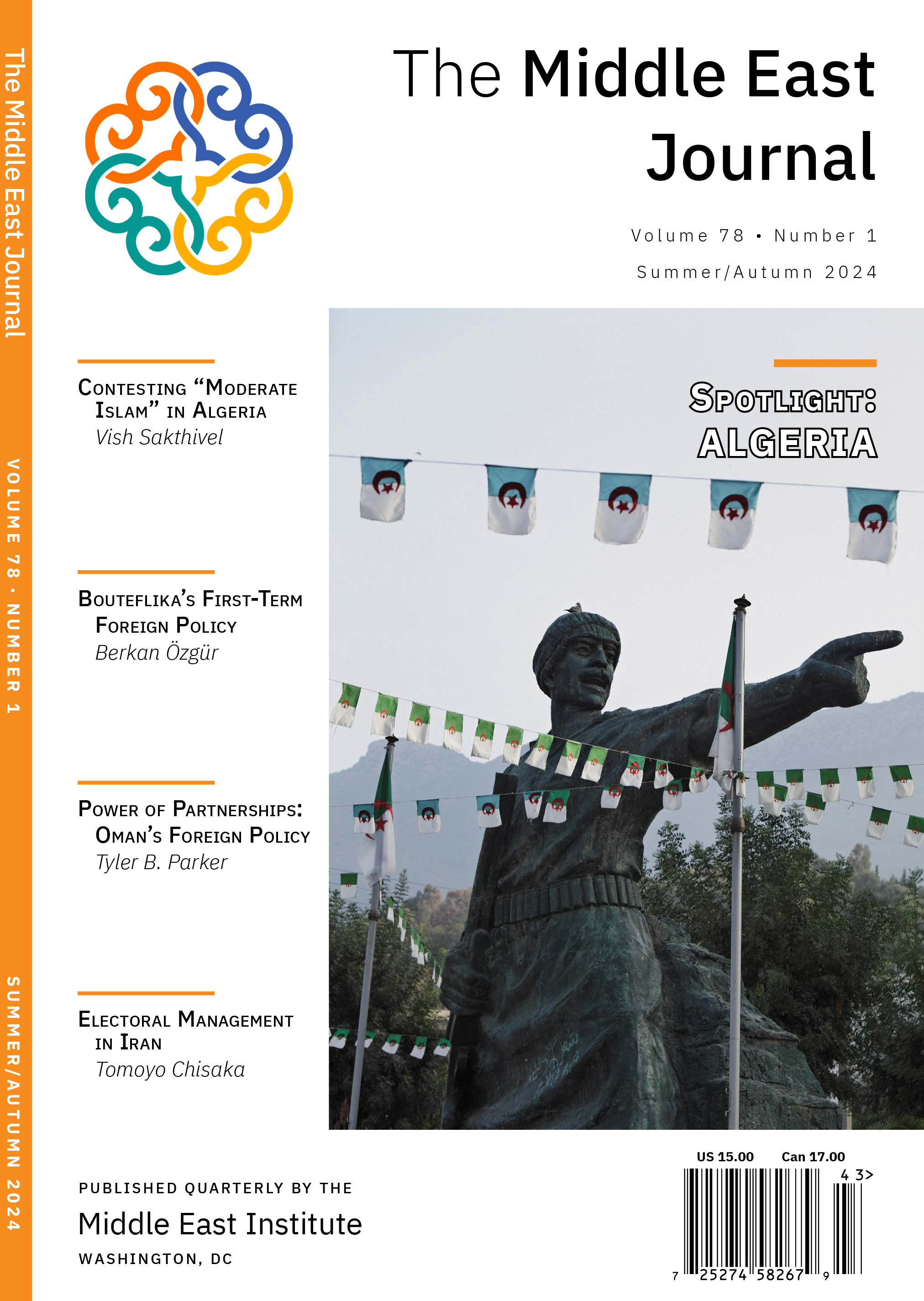Anton Mardasov, an independent Russian analyst and non-resident scholar of the Middle East Institute's Syria program, noted that Russia's infamous use of the Shahed-136s (known as Geran 2s in Russian service) against Ukraine likely means that "the delivery of missiles, even after October 2023, will cause a real stir."
"Most likely, Iranian missiles cannot be used from Russian carriers, and Iranian chassis-based systems will be even more difficult to hide from satellites," Mardasov told me. "In addition, this would also be an expensive contract that would make Russia even more dependent on Iran."
"I think that the maximum option is if Iranian defense companies supply some components for more rapid production of Russian missiles with Iranian components in Russia," he said. "This may already be happening."
"Continued drone deliveries are also possible because Russian enterprises have apparently begun to manufacture something from Iranian, so to speak, machine parts on their territory," he added.
Mardasov is highly skeptical of claims that Russian stockpiles of advanced missiles and precision-guided munitions are becoming depleted.
"All public calculations of the remaining high-precision weapons are meaningless or erroneous since such stockpiles are a military secret," he said. "For at least an approximate calculation, it is necessary to know a lot of data: the number of electronics available, the amount of previous peacetime production of ground, air, and naval missiles, and the amount of current missile production when personnel at the plants work in several shifts, etc."
He also pointed out that Russian military counter-intelligence is "always trying to confuse a potential enemy, throwing some data into the public domain in the interests of the Kremlin."
"So, this data is top secret information of strategic importance because the carriers of high-precision weapons must be deployed in other directions, even where the threat of conflict is highly unlikely," he said. "It is clear that Russia will not deploy Iranian missiles in these directions. It is also clear that Russia has some reserve of missiles for contingencies in other directions."
"Again, even Russian analysts who dared to publicly voice the number of cruise or quasi-ballistic missiles in service, measuring the production volume at 100-150 missiles per year, are wrong," he added. "Their calculations are understated and do not even match the official information, which (Russian Minister of Defense) Sergei Shoigu disclosed at the height of the war in Syria."
"Russian military-industrial complex enterprises, which previously suffered from underfunding, now receive large orders, and their capacities allow them to produce dozens or hundreds of missiles."











